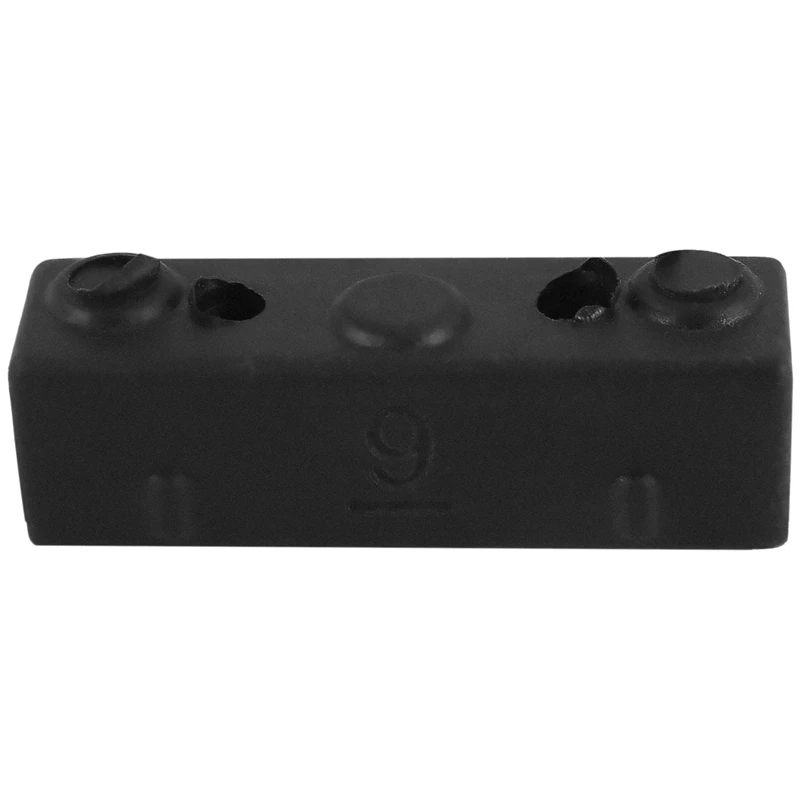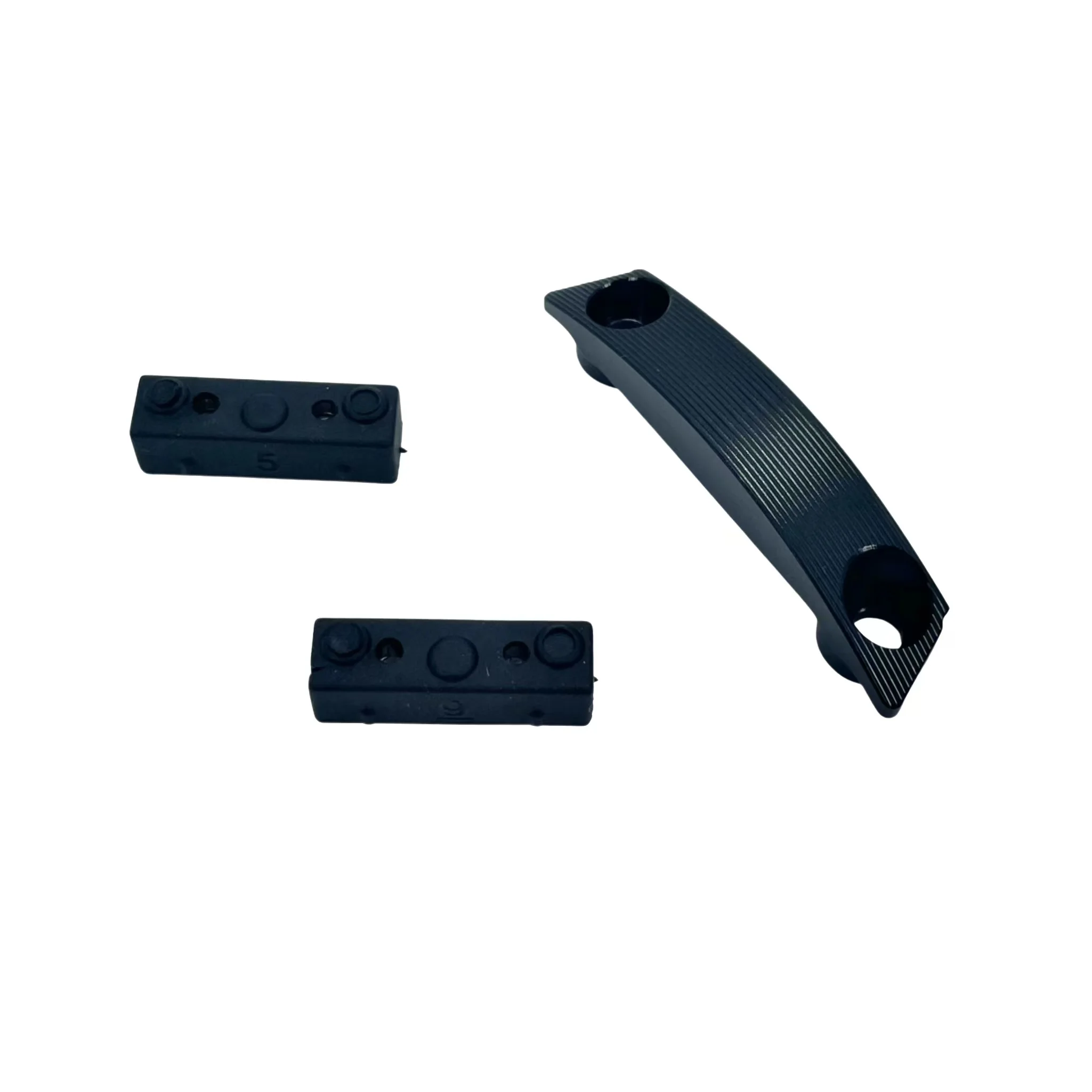What is the Difference Between Shafts in Golf Clubs?
The shaft of a golf club is a crucial component that affects the swing weight, launch angle, and distance of your shots. Here are the key differences between shafts:
1. Material: Shafts come in various materials, including steel, graphite, and titanium. Steel shafts are more durable and affordable, while graphite shafts are lighter and provide more flexibility. Titanium shafts offer a blend of strength and lightness.
2. Flex: The flex of a shaft refers to its stiffness, which determines how much it bends during the swing. A stiffer shaft will typically result in a lower launch angle and more spin, while a more flexible shaft will produce a higher launch angle and less spin.
3. Weight: The weight of the shaft is measured in grams and can range from lightweight (50-70g) to heavy (100-120g). Lighter shafts offer increased swing speed, while heavier shafts provide more stability and control.
4. Torque: Torque refers to the amount of rotation a shaft undergoes during the swing. A shaft with higher torque will twist more, which can lead to less accuracy and consistency.
5. Kick Point: The kick point is the location on the shaft where it begins to bend. A low kick point shaft will bend more in the lower section, while a high kick point shaft will bend more in the upper section. This can influence the timing and release angle of the clubhead.
Related Questions:
- Which shaft material is best for beginners? Graphite or steel?
- How does shaft flex affect ball flight?
- What shaft weight should I use for my swing speed?
- How does torque influence swing accuracy?
- What is the importance of kick point in golf club shafts?
Related Hot Selling Products:
- TaylorMade Stealth Driver
- Callaway Rogue ST Max Driver
- Cobra RADSPEED XB Driver
- Ping G425 Max Driver
- Titleist TSi3 Driver
Pre:How long should golf gloves last
Next:What are the best golf apps for the mobile phone


















